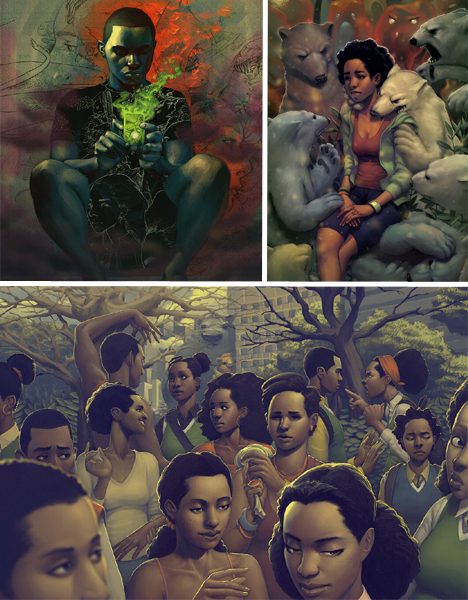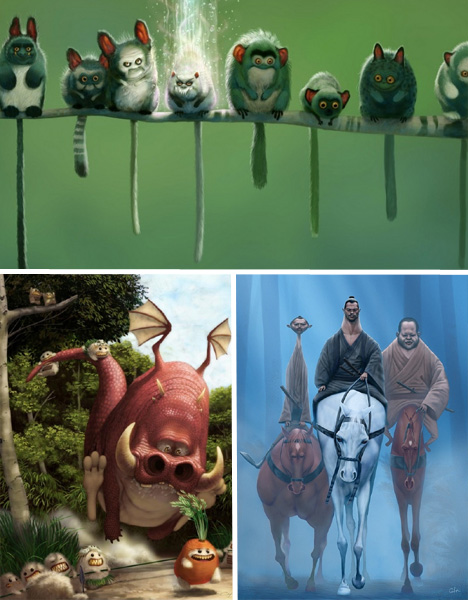Johnny Kelly and Matthew Cooper have just made a series of 56 hilarious and poignant animated GIFS called I Am Not An Artist for Elisava, a Barcelona-based design school. The piece, subtitled An Animated GIF Paranoia About Nonstop Design Workers, illustrates the process of design as hard and sometimes painful work using stop-motion and animated sequences that are reduced to 3-7 frame loops. Some are silly, some are trippy, some are mundane. For me the totality of watching the 56 loops playing all together feels a bit like the kind of work we do; windows upon windows of activity, with no end in sight.
Nexus Production’s director Johnny Kelly just made this short film for YouTube Play, an exhibition that YouTube and the Guggenheim Museum in NYC are calling “a Biennial of Creative Video” and which you can submit or nominate your own non-commercial work to right now; submissions are open until July 31st. Johnny’s piece is top-notch, encapsulating the Youtube experience in life-size sets which reference famous art works and also run the gamut from wood-grain explosions to rocky caves to circuit-boards and geometric cityscapes, all using the familiar Youtube play button as a central motif. Johnny explained his idea in the press release from Nexus:
“I wanted to try and capture that down the rabbit hole feeling you get when watching YouTube – you start by watching something innocent like a music video, then another video catches your eye and before you know it you’ve spent your fourth hour watching videos of pandas playing pianos. From a technical point of view, it was a challenging animation assault course, with much head-scratching and figuring out along the way. I was very fortunate to be surrounded by brainiacs like production designer Graham Staughton who always had an inventive solution to any problem we came up against.”
The NY Times ran an article on the exhibition yesterday as well, which had an interesting alternative viewpoint expressed by Robert Storr, dean of the Yale University School of Art, which is well worth considering:
“It’s time to stop kidding ourselves,” Mr. Storr added. “The museum as revolving door for new talent is the enemy of art and of talent, not their friend — and the enemy of the public as well, since it refuses to actually serve that public but serves up art as if it was quick-to-spoil produce from a Fresh Direct warehouse.”



























































